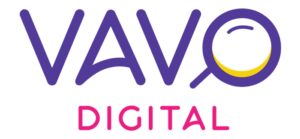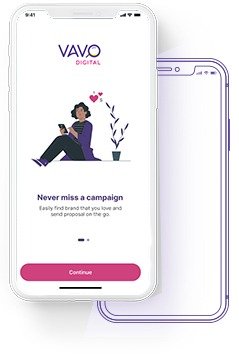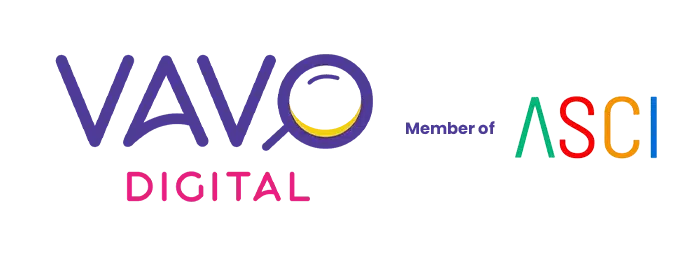
Power of micro and nano influencers
In 2020, there’s no need to be a world-known actor, celebrity or an author to influence a consumers’ buying behaviour. Unless you’ve been living under a rock for the last decade or so, you’ve most likely heard the term “influencer” and experienced influencer marketing first hand.
Our reel and real-world are packed full with these influencers, some that sit atop the pyramid, and some that comfortably and strategically reside on the bottom rung.
 While influencing consumers through social media is nothing new, it’s interesting to note that there now is a very clear segmentation that this influencer culture has inevitably given birth to. There are different categories of influencers, and although their jobs and responsibilities are fundamentally consistent, the main difference lies in the numbers.
While influencing consumers through social media is nothing new, it’s interesting to note that there now is a very clear segmentation that this influencer culture has inevitably given birth to. There are different categories of influencers, and although their jobs and responsibilities are fundamentally consistent, the main difference lies in the numbers.
Mega-influencers are the highest-ranking category of social media influencers, who typically have more than a million followers — think Katrina Kaif, Sharukh Khan, and the likes. These are often more famous and influential and have a diverse audience with very different topics of interest. On the other hand, Macro influencers are most likely people who gained their fame through the internet itself and have been at this game for a very long time, creating a name for themselves.
The power of intimacy
However, bigger always isn’t better. While these categories of influencers definitely provide a wider reach and exposure, they come at a very high cost and might not necessarily have real converting power or share a close enough relationship with individual members of their followership to always make an impact.
When it comes to social media, nothing beats a sense of belonging. In a market riddled with sponsored posts and ads thrown every second, consumers have now become incredibly prone to becoming just another follower. As the discipline becomes more sophisticated, brands are increasingly becoming mindful that there isn’t one way to measure success and that there is a need to look at metrics beyond vanity and focus on true engagement and advocacy.
Queue the rise of Micro and Nano influencers – the unicorns of the industry that might have a fraction of the audience of their celebrity counterparts, but are able to directly engage, connect, and interact with many, if not all, of their followers. If we had to follow the BCG Matrix, mega influencers would be the dog, macro-influencers would be the question mark, cash cow would be micro-influencers and nano influencers would be the stars! The question that arises now is this:
So, what exactly are Micro and Nano Influencers?
Micro-influencers are individuals that have between 10,000 to 50,000 followers/audience members and are considered experts in their respective niche. These connect with their audiences on a deeper level, have more hands-on, personal interactions, and are accessible enough.
Nano influencers on the other hand are those who have between 1,000 and 10,000 followers. Their accounts are neither full of glamour nor polished, posed, or retouched. They are your neighbours next door, who have established a good dialogue, are cost-effective, and possess a higher trust from their followers who turn to them for all purchasing decisions.
Why should brands work with Micro and Nano Influencers?
-
Closer relationships and higher engagement
Micro and nano influencers are able to interact with their audience more frequently via likes and follow, and respond to questions/comments in a quicker manner. This is an invaluable quality for brands, especially when trying to establish themselves in a cluttered and competitive landscape.
Their small yet engaged audience feels appreciated, develops a sense of loyalty and personal and meaningful relationships, and are usually open to making changes and trying new things. As their engagement rates, visibility, and reachability are higher, their cost per impression is much lower as compared to the rest.
-
People trust small influencers more
A micro or a nano influencer is almost considered a friend by most of their followers — a friend they can reach out to for recommendations or suggestions. These influencers are always careful when choosing a product or service to advocate for because they don’t want to disappoint and lose their audience’s trust. This is a huge advantage for brands because their products will get an endorsement from an open audience, because of an established trust towards the influencer.
-
Relevant content and a competitive advantage
Most micro and nano influencers make their content niche, innovative, and category-specific, allowing brands to reach different segments and better position their products. It’s also a good way to test new products or services in a new niche, as the audience reacts more, giving a chance to predict potential feedback from a larger set of audiences. Moreover, in most cases, brands won’t find any ads from competitors on a micro or a nano influencer’s account. This gives brands an uncontested space at the moment, which can give a major competitive advantage in the long run.
-
Cost-effective and easy to scale
According to SocialPubli, only 44% of small influencers prefer monetary compensation and are usually seen doing gift collaborations. Even if they do prefer a monetary exchange, it usually is nominal as compared to the big celebrity accounts with a much better ROI in most cases.
According to this table, there are only 0.3% of influencers who have more than 1 million followers and 6% of creators who have between 100,000 and 1 million followers. This means that there is a whole sea of influencers out there, if only you cast your net widely but selectively. Micro and nano influencers are key to scaling up your content and reach infinitely.
How and where can brands find the right Micro and Nano Influencers for their businesses?
Micro and nano influencers aren’t just for smaller companies with smaller budgets. In fact, big brands such as Spotify and Google have also seen success with these influencers as well.
In order to find the right micro and nano influencers for your business, it’s first important to do thorough research and gain a complete understanding of the target audience, demographics, and their buying behaviour. With a list of relevant influencers in place, the next steps involve negotiating terms, generating the content, and measuring the campaign’s success — a process that gets tedious with time.
With VAVODigital’s revolutionary platform, Micro and Nano influencers can search multiple campaigns, reach out, and negotiate their terms directly, get instant content approvals and payments on completion, all within the platform. The brands can create multiple campaigns, connect with relevant influencers, create #UGC and track detailed performance, and closeout payments with the milestone payment feature. Influencer marketing has never seemed easier and convenient!






